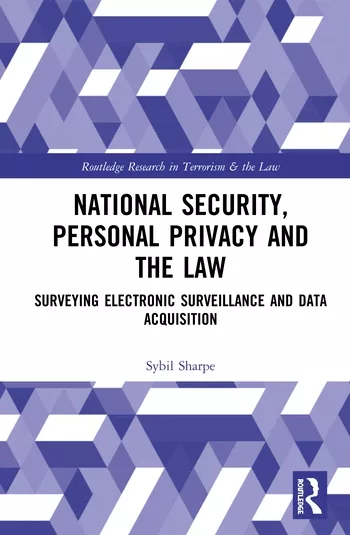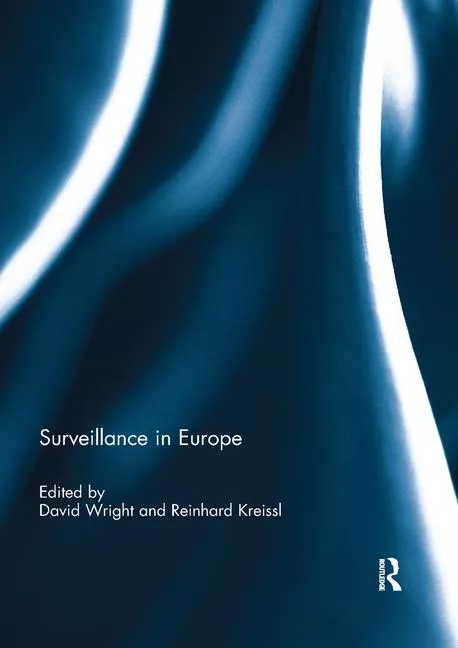Zero trust: The next evolution in cybersecurity

Image via Unsplash
As the number of connected devices continues to grow, so does the vulnerability of networks to cyber-attacks. The rise of the Internet of Things (IoT) and the Industrial Internet of Things (IIoT) has exponentially expanded the attack surface for cybercriminals. Traditional perimeter-based security models are no longer sufficient in this environment, leading to the adoption of a more comprehensive security framework: zero trust.
What is zero trust?
At its core, zero trust operates on a simple principle: “Never trust, always verify.” Unlike traditional security models that assume trust within a network perimeter, zero trust requires continuous verification of every user, device and application attempting to access a network, regardless of whether inside or outside the organization’s perimeter. Zero trust ensures that no entity is granted blanket access to network resources; instead, access is granted on a need-to-know basis.
To illustrate, consider how airports handle security. After passing through initial security checks, passengers are often free to explore different terminals, shops and gates without further scrutiny. Traditional network security works similarly: users can roam around the network once access is granted. This model allows attackers to exploit vulnerabilities, escalate privileges and access sensitive data.
However, in a zero trust model, the airport scenario changes. Travelers can only access the specific terminal, gate or plane for which they have authorization, and their identity and credentials are re-evaluated every step of the way. This limited, context-aware access makes zero trust very effective at minimizing security risks.
Core components of zero trust
Zero trust security is built upon three foundational pillars:
- Continuous authentication and authorization: Every attempt to access a network resource must be authenticated and authorized. User identity, location, device health and other contextual factors are continually evaluated.
- Least privilege access: Users and devices are given the minimum level of access necessary to perform their functions. This minimizes the potential damage of compromised credentials or insider threats.
- Micro-segmentation and network segmentation: Zero trust networks are designed to limit lateral movement by segmenting the network into small zones, each protected by its access controls. Even if attackers breach one segment, they cannot move freely across the network.
Extending zero trust to cloud and hybrid environments
As organizations shift toward cloud-first and hybrid cloud strategies, the need for zero trust becomes even more critical. In these environments, resources are often spread across multiple locations, and employees access data from various devices and locations. Zero trust helps secure these dynamic environments by controlling access to cloud resources, ensuring data privacy and securing API communications.
For example, Identity and Access Management (IAM) tools can enforce least privilege access in the cloud, while micro-segmentation can prevent unauthorized lateral movement within and across cloud environments. Organizations can better manage security across complex, multi-cloud infrastructures by implementing zero trust principles.
Leveraging AI and machine learning for zero trust
Organizations increasingly turn to artificial intelligence (AI) and machine learning (ML) to enhance zero trust capabilities. These technologies can analyze vast amounts of data in real-time to detect anomalies, identify potential threats and automate responses. For instance, AI-driven analytics can flag unusual behavior, such as an employee accessing sensitive data from an unfamiliar location, triggering additional verification or blocking access altogether.
AI and ML can also support continuous monitoring and automated policy enforcement, reducing the burden on IT teams and ensuring a more robust security posture.
Zero trust in the era of remote and hybrid work
The shift to remote and hybrid work has expanded the traditional network perimeter, increasing cyber-attack risk. Zero trust is crucial in this new landscape as it continuously validates remote workers’ identity, device posture, and location. Zero trust helps protect against phishing, ransomware and insider threats by requiring stronger, context-aware authentication for higher-risk access requests.
Adaptive authentication techniques, such as multi-factor authentication (MFA) or risk-based authentication, help balance security and user experience by only requiring additional verification when the context is unusual or risky.
Applying zero trust to operational technology (OT) networks
Zero trust is not limited to traditional IT environments; it is increasingly applied to Operational Technology (OT) networks in critical infrastructure sectors such as energy, water and transportation. Many OT networks are composed of legacy systems that are not designed with security in mind, making them particularly vulnerable to cyber-attacks.
Implementing zero trust principles, such as micro-segmentation and continuous monitoring, can help organizations ensure that only authorized communications occur between devices and control systems. This approach helps protect against cyber threats that could have physical consequences, such as disrupting power grids or transportation systems.
Zero trust and regulatory compliance
Zero trust also offers significant benefits in regulatory compliance. With increasing pressure to meet data protection regulations like GDPR or HIPAA, zero trust provides a structured approach to securing data and access controls. By continuously validating all entities accessing sensitive information, zero trust helps organizations demonstrate compliance and reduce the risk of costly data breaches.
The future of zero trust
As cyber threats continue to evolve and expand, zero trust represents a fundamental shift in how organizations think about security. It offers a more proactive approach to cybersecurity, ensuring every user, device, and application is continuously verified and validated. Zero trust is quickly becoming the gold standard in cybersecurity frameworks, whether applied to cloud environments, remote work, OT networks, or regulatory compliance.
Organizations that have yet to adopt zero trust should begin planning now. As more industries and governments embrace zero trust, those who lag will be at increased risk of cyber-attacks and regulatory penalties. The future of cybersecurity is clear: trust no one, verify everything.
Looking for a reprint of this article?
From high-res PDFs to custom plaques, order your copy today!








